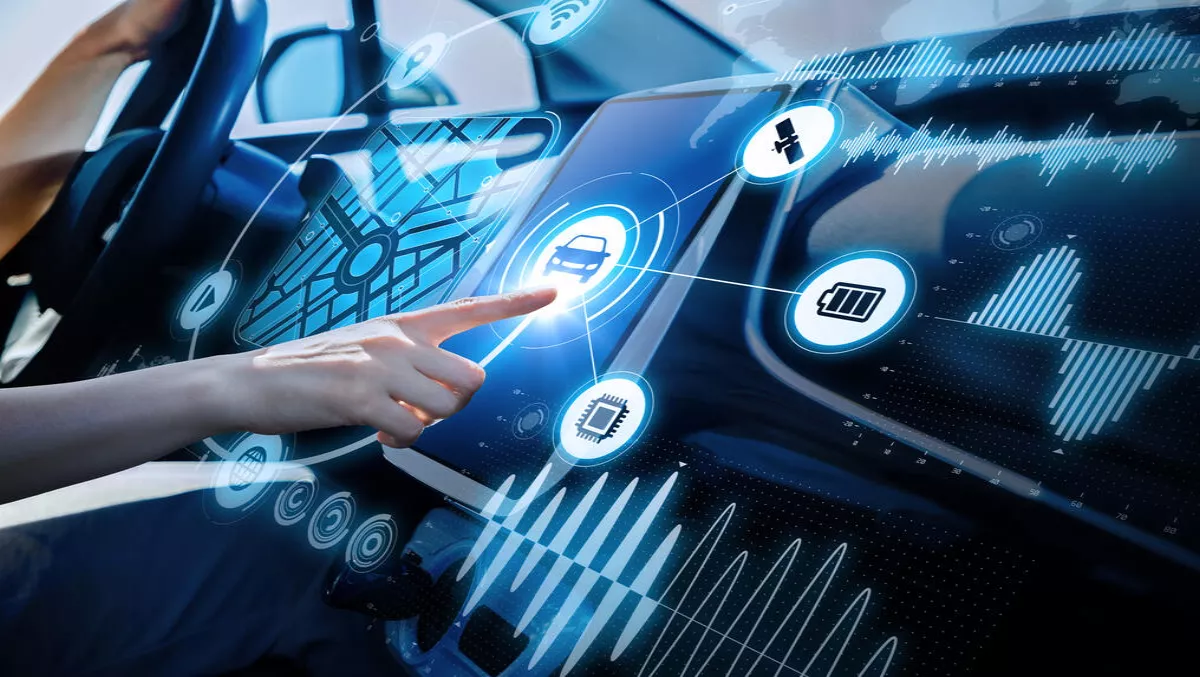
As the ecosystem of connected, in-car services grows, stemming from advancements in voice interfaces, self-driving technology and infotainment system apps, consumer interest and expectations are on the rise.
Auto makers and branded apps are being challenged to deliver seamless and personalised digital experiences for both drivers and passengers without sacrificing safety.
To advance the in-car experience, Adobe has announced new automotive focused analytics, personalisation and advertising capabilities in Adobe Experience Cloud that give brands the ability to deliver unique consumer experiences.
For auto makers and in-car app developers, customer data across various touch points can now be leveraged to inform different types of content including personalised playlists, on-route recommendations and audio ads.
The ten largest automakers in the world already use Adobe Experience Cloud to deliver customer experiences, and Adobe is working with these brands along with ecosystem players like Automotive Grade Linux project to advance new digital in-car capabilities.
“In the automotive industry, in-car digital services are opening up new revenue sources and pushing brands to become true experience businesses,” says Amit Ahuja, Adobe Experience Cloud emerging businesses vice president.
“With consumer expectations at an all-time high, content has to be informed with data insights to satisfy individual preferences. As car rides transform into immersive, personalised digital experiences, Adobe gives brands the tools to be exceptional no matter where they engage the customer.
New connected car capabilities in Experience Cloud include:
- Understanding Drive Time Behaviour: Adobe is extending its measurement capabilities in Adobe Analytics Cloud so brands can begin to capture behavioural signals in the car such as voice interactions. Merged with customer data from other channels, these insights will drive personalised experiences. For example, a recommendation service could deliver a fast food restaurant promotion based on location data and known preferences. With AI and machine learning in Adobe Sensei, brands have a better pulse on user behaviour through automated analysis and recommendations. If a voice interaction failed and forced the driver to use the touchscreen, for example, brands can be notified and improve the experience.
- Delivering Personalised In-Car Content: Data insights can be optimised and actioned through solutions in Adobe Marketing Cloud. Adobe Experience Manager lets brands design, manage, and serve contextual and engaging experiences such as music or news content on in-car screens. Adobe Target allows brands to perform and optimise different content variations in the car while Adobe Campaign gives brands a delivery platform for in-car messages in any format enabling regular one-on-one personalised engagement with drivers and passengers. A car maker could deliver a tailored audio message for a new and customised lease offer, for example.
- Serving Targeted Audio Ads: As top digital radio and streaming music apps continue to be added to the in-car experience, Adobe Advertising Cloud offers targeted buying of audio ads as part of its cross-channel offering. Advertisers can further personalise in-car audio ads using first-party data as well as a listener's favourite artists and music genres. And once a driver hears an ad, marketers can retarget audiences across other channels—including video, display, social and search—to drive message recall and conversions
